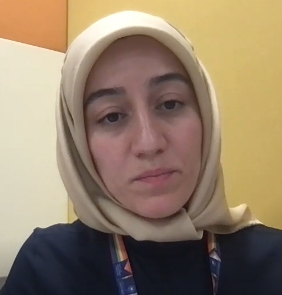This takes years and a lot of research, a lot of pain for scientists, and maybe sweat of PhD students, master students, a lot of grants from the funders and money. It’s a long process. It starts in the labs, research labs usually.
So, if we have a mechanistic insight about the disease mechanism, let’s say, we know that this might be the reason for that disease appearing. This is not functioning, and this is why it is happening. Then if you’re able to target that dysfunction, maybe you are able to correct somehow, or you are blocking something, and it’s making it work. If you know that level of information, you start trying components in the lab. Usually you can start trying them on the cells in a culture petri dish. Then if it responds positively, according to your hypothesis, then you move to the animals. You test the same outcome on the animals. If it is still correlated to what you are thinking, then you apply for clinical trials, which means that you apply to the agencies.
So for example, you know, an agency linked to the NHS in the UK, or there’s FDA in the US. You reach out to them saying that you have a component, you tried cells, you tried animals, and now you wanna gain access to the clinical trial, to human trials in the hospitals. Then there are a lot of checks in between, of course, those agencies, this is why they exist. They sit down and check whether your data is consistent, whether what you’re saying is correct. You put placebo trials as well, which means that you don’t actually give the components, but in the placebo trial, you shouldn’t see the effect that you’re assuming to see in the component category. So, all these checks are done, and then the clinical trials start.
Usually it’s a small population of patients that are chosen by the hospital, and with the developer together that they have they have given to the medicine and effect observed. So, if this passes well, then you can get the full approval. But, the first human trial doesn’t mean that you’re trying to hurt those people, or you have a risk of hurting those people. Of course, before that step, there’s a lot of research, and approvals are taken and you have actually shown the effect. The only thing that sometimes we see is that things work on cells, and it works on mice as well – but sometimes it doesn’t work on humans because at the end, all the similarities we have, we are different species, different organisms, but the mice in the lab, the closest we can get. So this is why we are relying on that outcome.
But there will be cases that you are not going to see the same in the human condition. Then you either stop continuing the drug, or if you see a positive outcome, then it gets approval by the agencies, and then it goes on to the market and used.

